If you have spent any time in the whitewater world, you’ve undoubtedly heard rallying cries to “Go bigger!” and “Step it up!” Boundary-pushing mantras of bravado like this pervade the sport, from professionals facing un-run rapids, to friends pushing each other over their first drop. All this enthusiasm is fun, but what’s the ultimate cost when it pushes beginners away from whitewater kayaking?
Why going bigger makes the whitewater world smaller
As a river runner for nearly four decades, it’s exciting to see the sport evolve with new skills and challenges. But the consequences of what happens when beginners and intermediates think in clichés are disturbing.
Whitewater kayaking is one of the smallest adventure sports there is. The Nantahala Outdoor Center estimates there are roughly 40,000 regular whitewater kayakers in the U.S., defined as people who own a kayak and paddle once a year. Compare that to 20 million skiers and two million rock climbers and you realize just how small our clan really is.
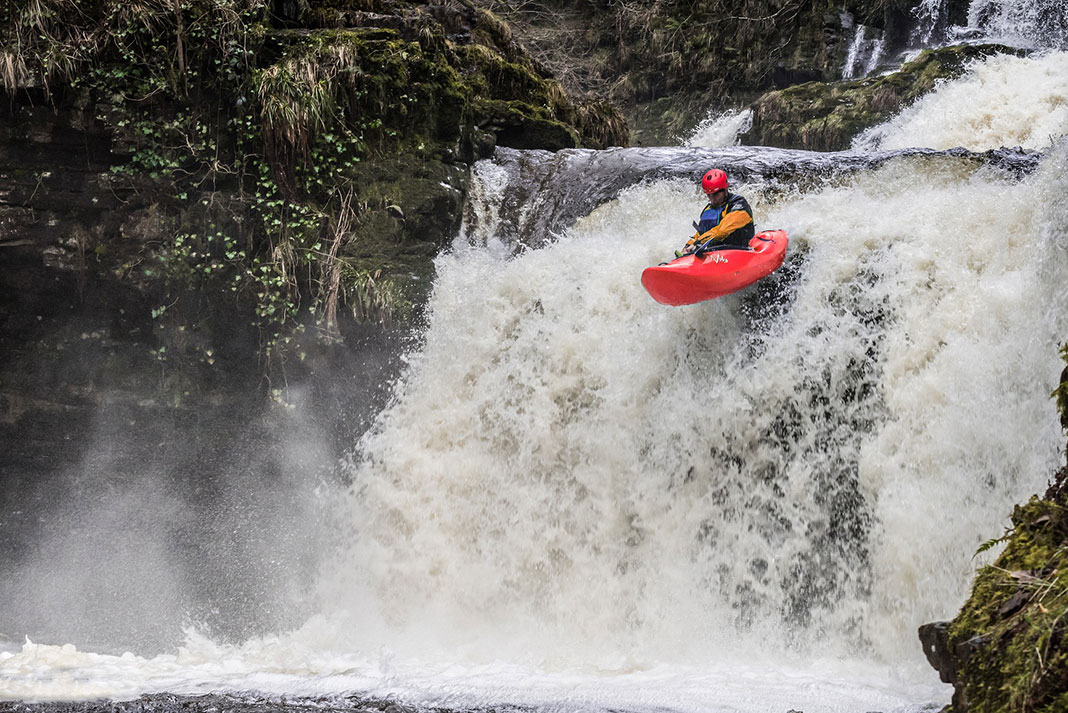
Mantras are a poor substitute for mentorship
One reason for our minority is the huge attrition coming from bad experiences. Plenty of people think kayaking looks fun and they try it out. However, they are set up for failure by expecting success with little preparation, and dealing with fear using artificial bravado.
Consider the guy whose friends take him on the local run (“Dude, it’s easy!”). He flips, flails upside down, gasping and scared. He has no skills but they say, “Get back on the horse!”
Or the anxious intermediate woman looking at her first class IV. She doesn’t have confidence but her friends urge her, “Step it up!”
For every person I know who paddled whitewater for a season, many more have told me they got scared and quit. No wonder our sport is so small.
These mantras are part of the problem. You don’t deal with fear by denying it. You don’t get confident or improve skills by acting with false bravado under peer pressure.
These same clichés undermine a person’s sense of belonging. Countless times paddlers have confessed to me, “I’m not a real paddler—I only do class II.” Instead of feeling joy and accomplishment, the default attitudes pervading our sport make people feel insecure and dissatisfied.
That’s the sound of the future of our sport washing away. Whitewater kayaking can survive without class V daredevils, it can’t survive without beginners and intermediates.
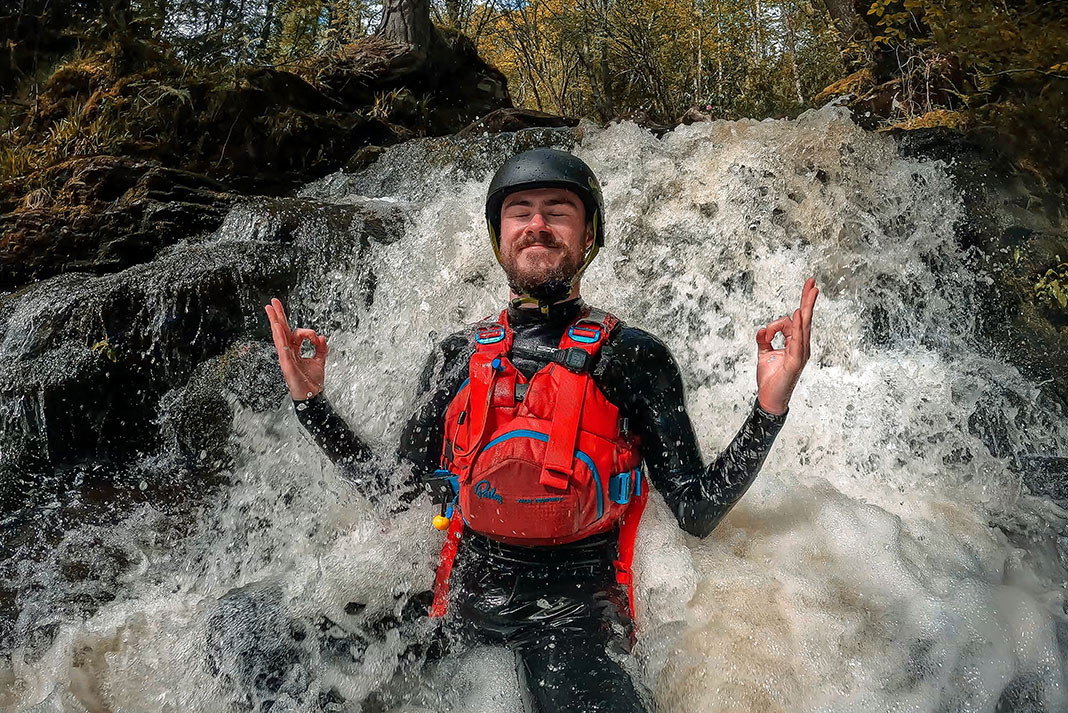
Whitewater paddling has more to offer beginners
Fast progression to bigger and more difficult rapids isn’t everyone’s goal. That assumption takes a rich sport and narrows it to one dimension. Idolizing hard whitewater leaves out what the vast majority of whitewater paddlers do—catching a nice eddy, surfing a beautiful wave, and just enjoying a day on the river.
Water carries infinite beauty and moods, and our sport includes all of them. There are days bouncing down rapids shouting with friends, times listening to the rain fall on the water, or watching otters play—a million things the magic of rivers give us that don’t involve “stepping it up.” Don’t let the default clichés make your world smaller.
Nobody should think they aren’t a real paddler because they don’t chase big rapids or waterfalls. If you have a paddle in your hands and you are in your boat, once you push off into the river you are a real paddler. Go explore.
Paddler Aniol Serrasoles was only four years old when TLC’s breakout hit “Don’t go chasing waterfalls” spent seven weeks at number one on the Billboard Top 100. | Feature photo: Steve Rogers


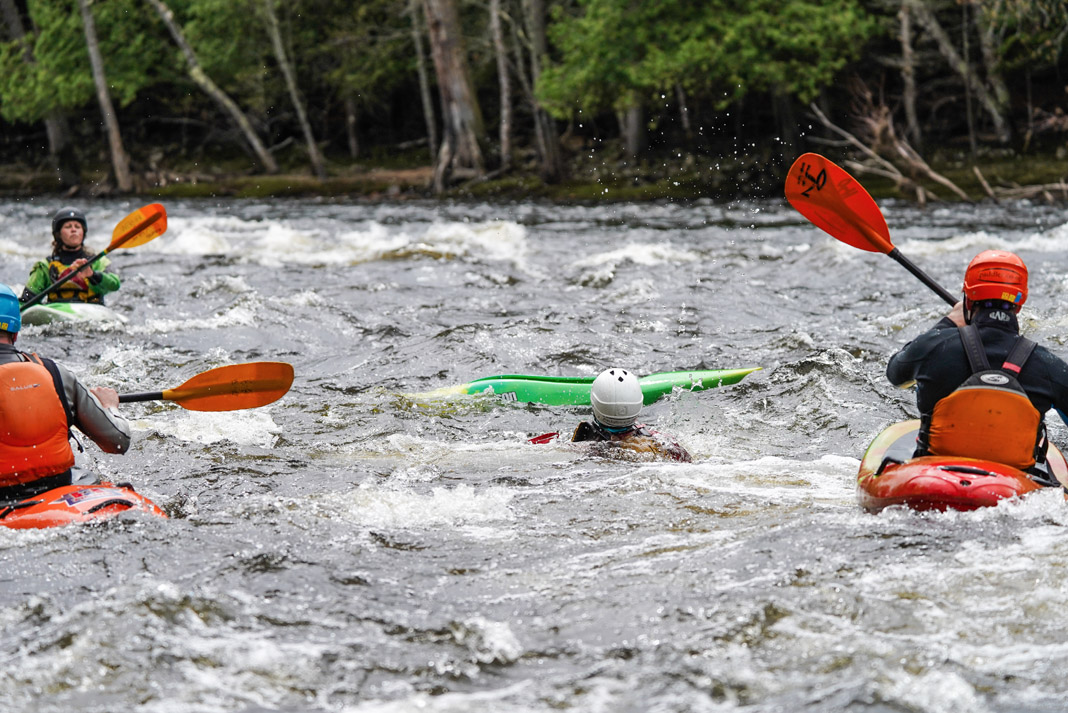
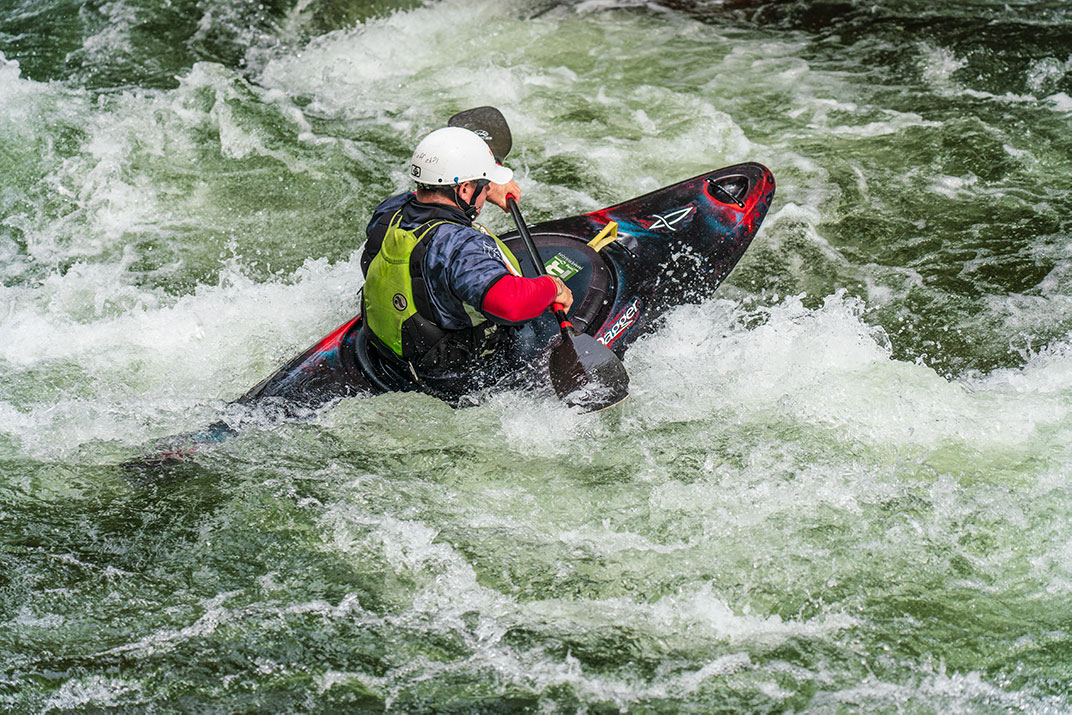
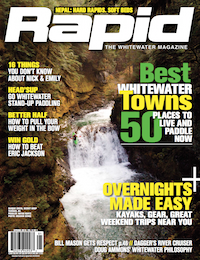 This article was first published in the Fall 2015 issue of Rapid Magazine.
This article was first published in the Fall 2015 issue of Rapid Magazine. 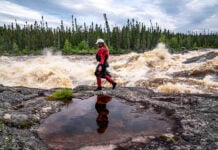
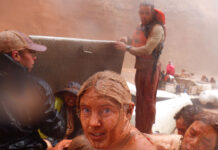
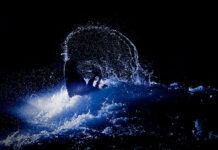
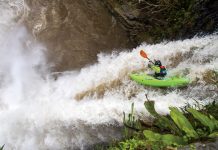
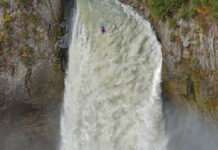

I think less people kayak because of the difficulty, time, and consequence rather than being shamed for not being a “Class V Paddler”. Even learning to run Class II is difficult without a roll. You will swim, then you or your buddy has to haul your boat to shore, drain it and get back in. If you crash on ski’s you just get back up and do it again. You are not at risk of drowning.
Like any sport there are inherent risks, a learning curve, and the unknown, but I think whitewater tops them all. Skiers generally learn on a mountain with paid patrollers, a medical team, and lifts to bring you back. Climbing you need to know knots, how to use ropes, and you generally have to be in decent shape. If you don’t know those things you will inevitably fall, get hurt or die. Probably why there are only 10% of them compared to skiing. Kayaking has all those elements, but you are not tied to a rope, you are at the mercy of the river. You’ve got to get a vehicle to haul your boat, a bunch of equipment, find friends to go with, and run rivers that don’t have ski patrol. There is no lift back to the top.
I would say kayaking is less popular because it is more difficult to get off the “bunny hill”. I have met a few people who talk **it about new boaters, but they are generally few and far between. I’d say my experience was much more positive, and I felt way less pressured when boating then when I was skiing/climbing.
I think it’s a LOT about transportation. Everyone I know “wants” to kayak with me, everyone is ready to roll – but with no way to carry or transport their kayaks. Many of us cannot lift a kayak to the top of our cars – and don’t want to, anyway. My kayak is a Point65 Martini, a modular kayak that fits easily inside my Subaru Outback. Otherwise, I wouldn’t be able to go, either. I don’t think this can be emphasized enough! Not for the gonzo people, but for us regular folk.
Kids are scared out of the sport, and adults who are not risk takers are scared out of the sport. Kids need more kids to paddle with, adults need support groups of like minded and similar ability kayakers. Keep it fun, keep it real.
Five stars! This is one of the most thoughtful articles I’ve read in decades. It’s short, but it has plenty of depth, and if you read between the lines a bit, it speaks volumes about the unwelcome culture of hubris that is frequently a part of our sport. There’s an upper limit to what is “runnable” in a kayak, and that bar keeps getting pushed higher every year by superb whitewater athletes. It’s worth noting that some of them die in the process of “pushing the envelope” in situations where there is zero margin for error. We all like a little excitement, and the thrill of being out on the water with friends is hard to beat. However, nobody likes having the crap scared out of them by some gnarly near-death experience – which is precisely what you’re likely to encounter when you combine whitewater with insufficient skill. There’s a fine line between having a fun, exciting time and being terrified that you’re going to drown, and prudent kayakers make sure they give that line a wide berth. There’s no shame in being a newbie, but there’s plenty of shame in looking down at less experienced paddlers and forgetting that we all started there, knowing nothing. All of the paddlers I respect most have one thing in common: Humility. They also understand the value of honing one’s skill in manageable conditions rather than rushing into “bigger water” because of some misguided go-for-it mentality. In fact, of all the attitudes that one can bring to outdoor sports, nothing I know will get your ass kicked by Mother Nature faster than hubris.